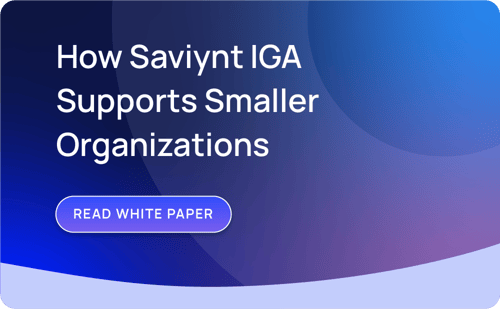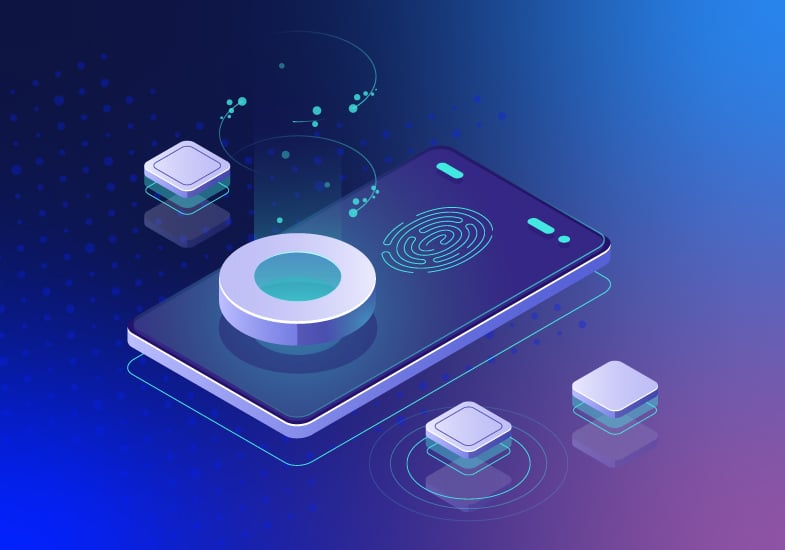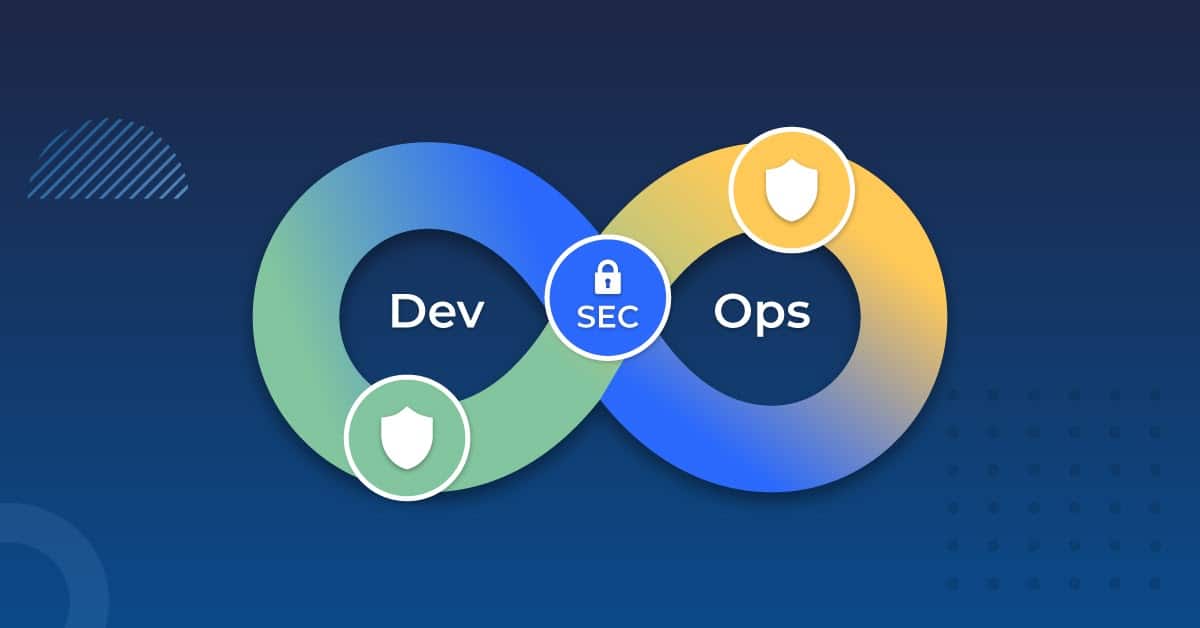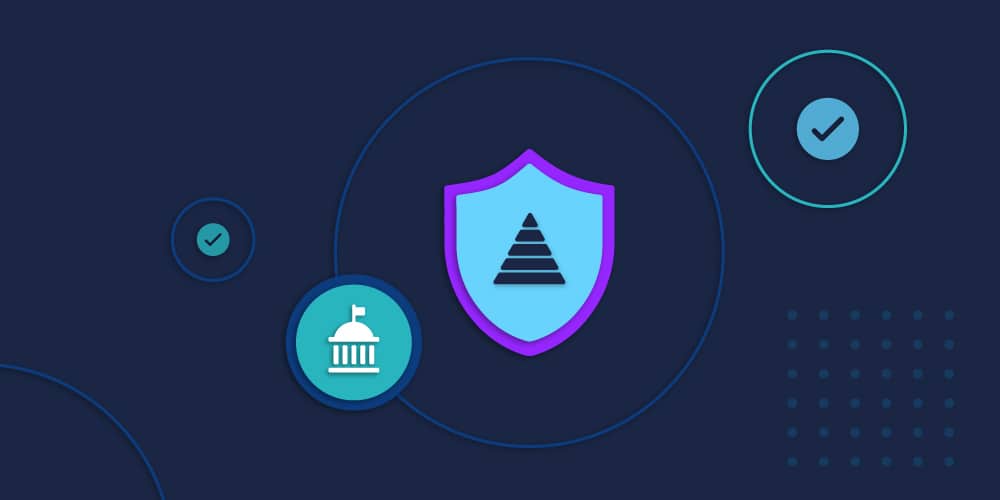Whether you’re taking the very first step or expanding your infrastructure, here’s what to look for in a modern IGA solution.
Today, small and mid-sized businesses (SMBs) are grappling with enterprise-level realities: dissolved perimeters, increasing regulation, and the rapid growth of human and machine identities. As more hackers target smaller prey, an identity governance and administration (IGA) program can longer be put on the back burner.
While smaller organizations can often be more agile, their capacity to protect themselves is often limited by a lack of resources. Their IT teams are already working harder than ever to scale—and nearly half believe their processes are ineffective.
Whether you already have an IGA solution in place or you’re considering one for the first time, you’ve more than likely faced a few common barriers to modernization. You don’t want solutions that require expert management, custom code, or complicated integrations.
In this series, we’re exploring how SMBs can build out a user-friendly deployment that delivers maximum returns—without maximum investment. As you consider your modern IGA options, you need to get fully clear on the gaps in your existing program and the capabilities you need to keep complexity and costs down.
Identity Governance Gut-Check
As mid-sized organizations either begin to look at implementing their first identity governance program, or consider modernizing an existing program, here are some things to consider.
1. What Are My Current Resources?
From a capabilities standpoint, knowing what you’re working with is always a good place to start. What resources do you have in place and how can you potentially leverage them in a new or revised program? This can help inform the final decision on what type of solution you need to implement. Taking a snapshot of your current tools and capabilities will help identify weak spots in your existing program, and clarify the outcomes you want to achieve.
Speaking of which…
2. What Are My Goals?
How will you measure the success of a new program? What goals and key performance indicators (KPIs) will signal success? Do you need to account for a multi-cloud or hybrid environment? What kinds of identity roles do you need to update or develop? How quickly would you like processes to be completed? How much would you like to automate processes?
3. Which Solutions Can Meet My IGA Goals Most Efficiently?
Once you’ve gotten crystal clear on your expectations, you’re in a much better place to evaluate available solutions. How effective will each one be in achieving your milestones? Unless there are specific and compelling reasons, investing in a legacy, on-premises solution that requires heavy customization and external resources simply isn’t an option.
To get the most out of your investment, don’t just look at what you need today. Be sure to assess future needs and changes in business operations. While you may not need to currently support a multi-cloud environment, what about five years from now? Are you looking to centralize as many IAM components as possible in your program? While a light IGA deployment may seem like a good fit today, how will that impact future security needs in the future? Likewise, will an inflexible enterprise solution cause similar challenges?
4. What IGA Capabilities Matter Most To My Organization?
When deciding which features you want (and which you don’t), wear a couple of different hats. Looking through different departmental lenses will help you rank user experience, automation, compliance, platform management, application management, and architecture.
Smaller organizations generally have a smaller support staff to implement and manage security programs, and in many cases, aren’t solely dedicated to security. Above all, finding a solution that effectively lightens workloads without compromising security is imperative.
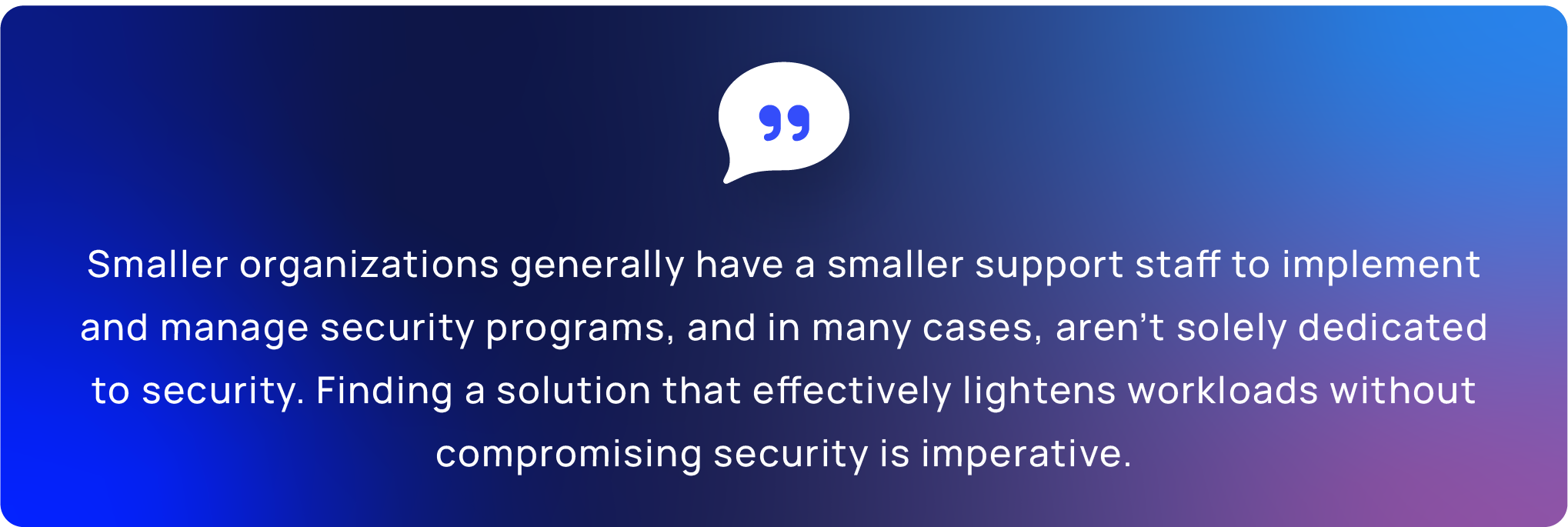
What’s the best way to significantly reduce administrative fatigue and human error? Look for solutions that will:
- centralize overall management
- automate processes with artificial intelligence and machine learning
- provide actionable recommendations, and
- empower users with self-service features.
Modern Identity Governance Features That Deliver
When it comes to speedy deployment, ease of management, and a lower Total Cost of Ownership (TCO), there are four key features that can reliably help you achieve these results:
- “Cloud-architected” solutions allow your organization to access the solution from anywhere with an internet connection. This eliminates the need for expensive physical hardware and IT infrastructure, improving scalability, and facilitating access to the latest technology and features.
- Web-based cloud interfaces allow organizations to automate manual tasks, such as user provisioning and access reviews. This reduces the workload of IT staff, freeing them up to focus on more strategic initiatives.
- Converged platforms offer integrated Identity and Access Management (IAM) solutions, which saves companies from having to patch together multiple systems—reducing friction and driving improved user experience across all applications and services. Eliminating multiple point solutions helps you lower staffing and licensing costs.
- No/low code design reduces the TCO because non-technical users can customize their IGA solution without requiring help from highly skilled developers or dedicated IT staff. Your teams can configure and manage IGA policies and workflows with customizable pre-built modules and templates that support your unique business processes, workflows, and compliance requirements—and allow you to deploy on day one.
Saviynt IGA: Enterprise Features With Lower TCO
In 2015, Saviynt introduced the world to the first SaaS-based IGA solution. The goal of our cloud-native, converged identity platform was to prioritize ease of use and configurability over customization. Not only can SMBs achieve happier users, reduced risk, and real-time visibility—they can see a payback in less than three months, with a potential 240% return on your investment over three years.
In our next blog, we’ll examine these features in more depth and explore how small, medium, and enterprise organizations alike can find just the right-sized IGA.
